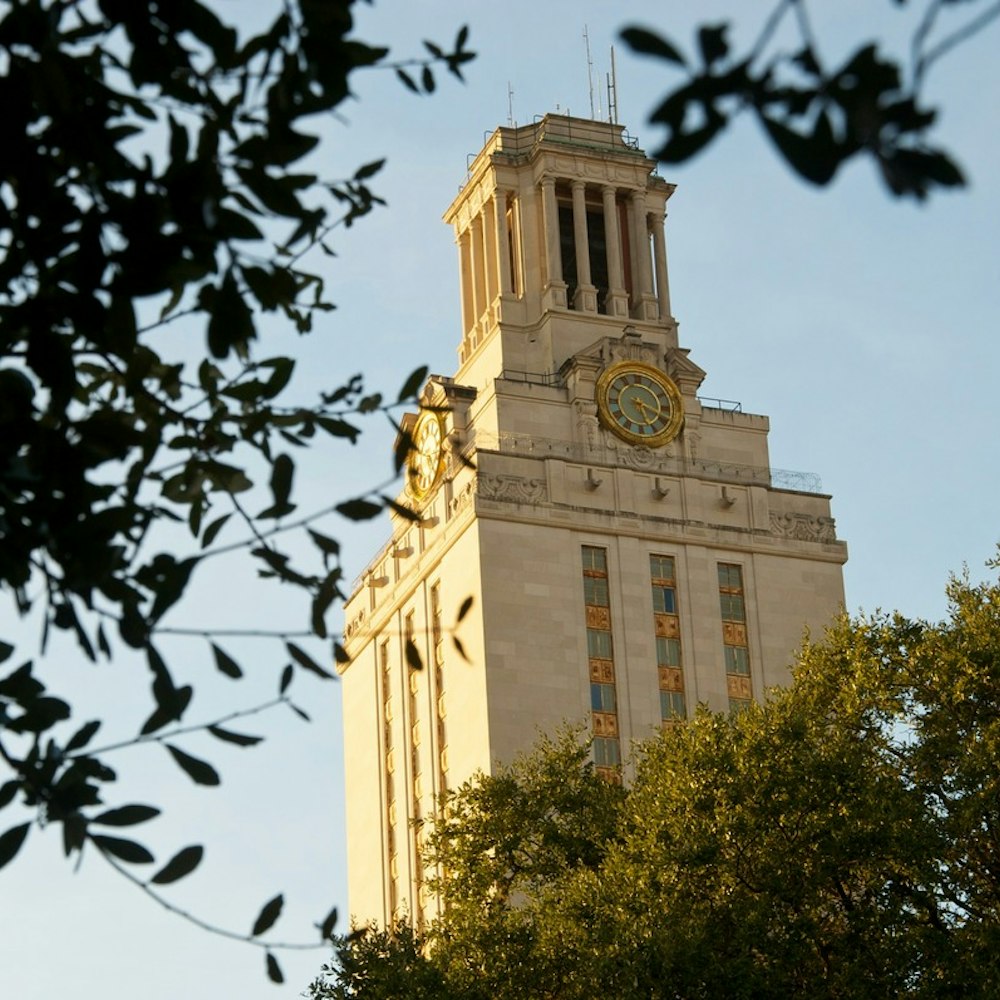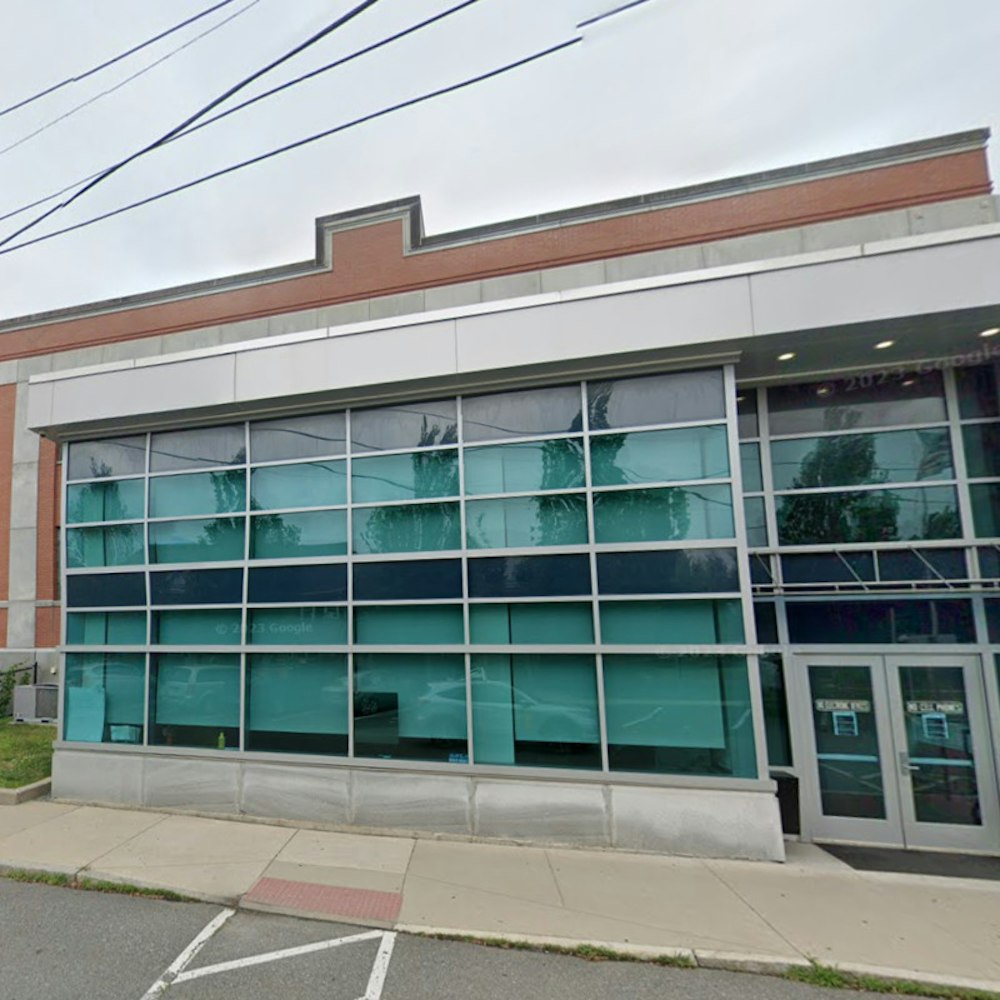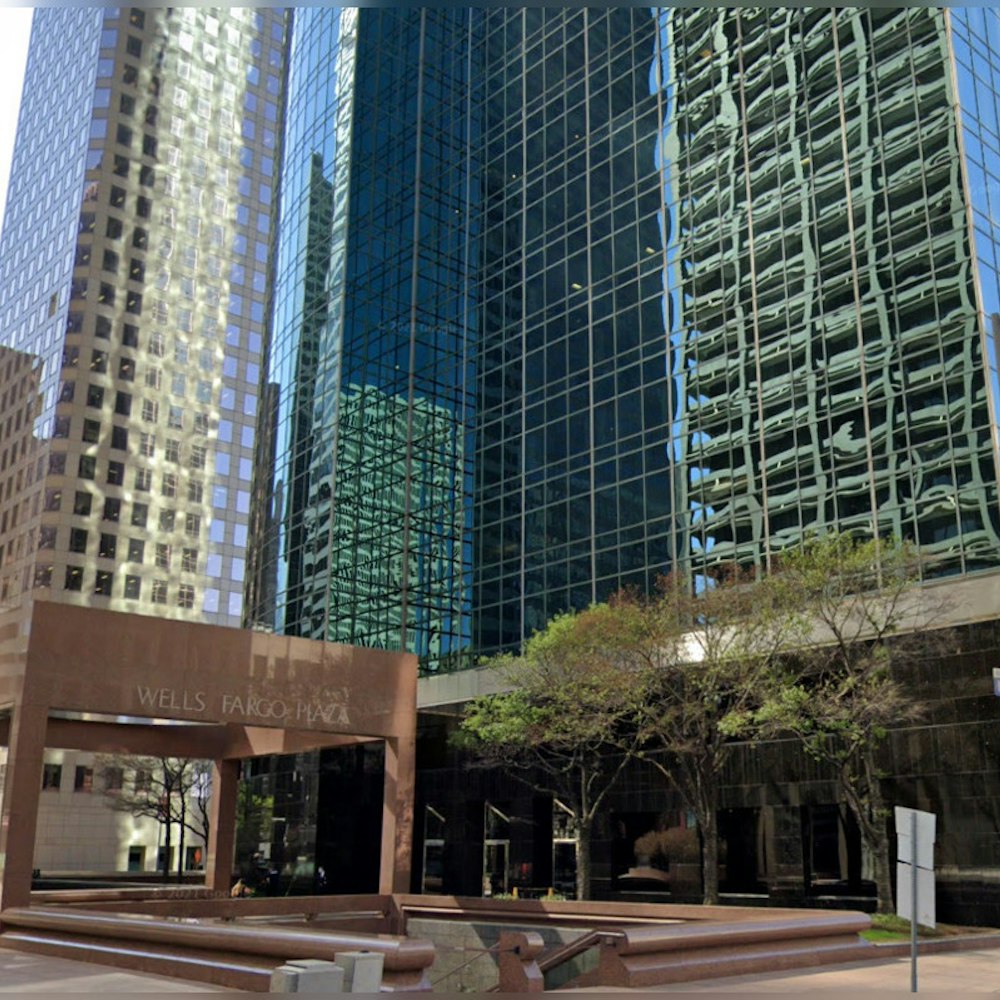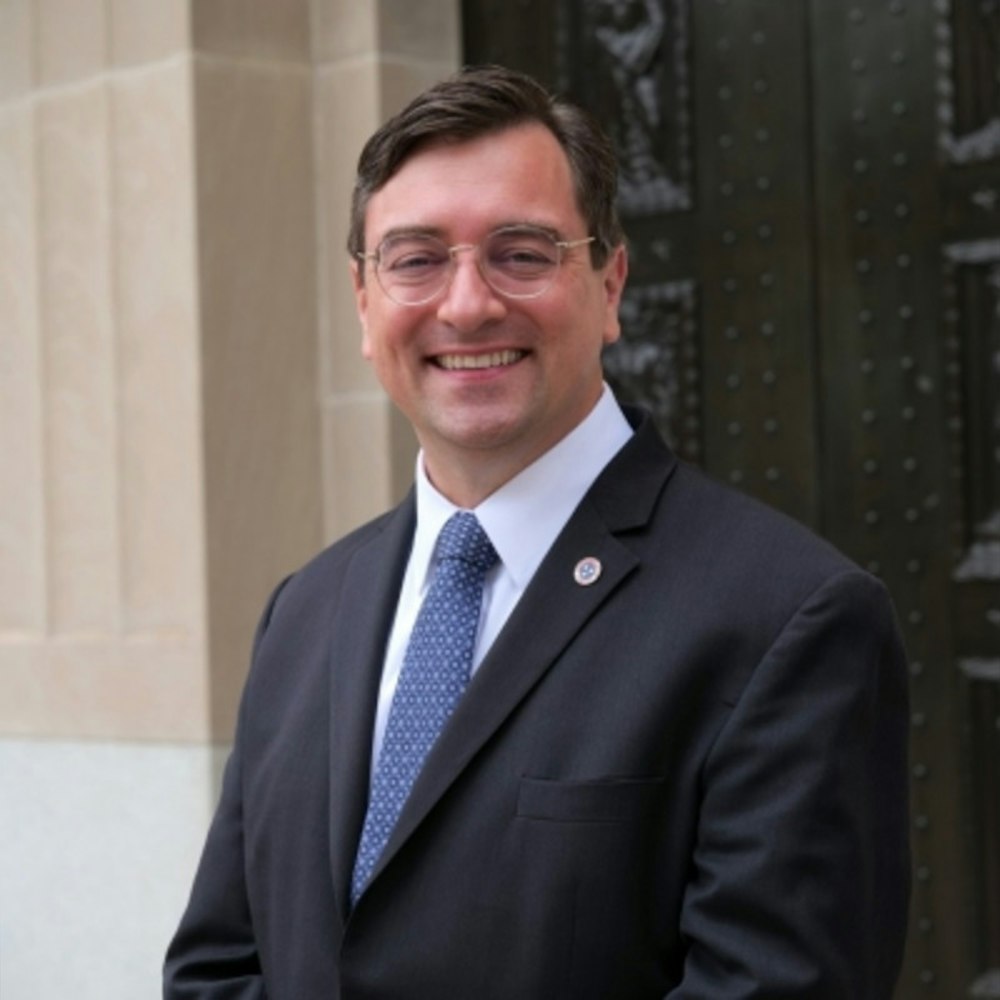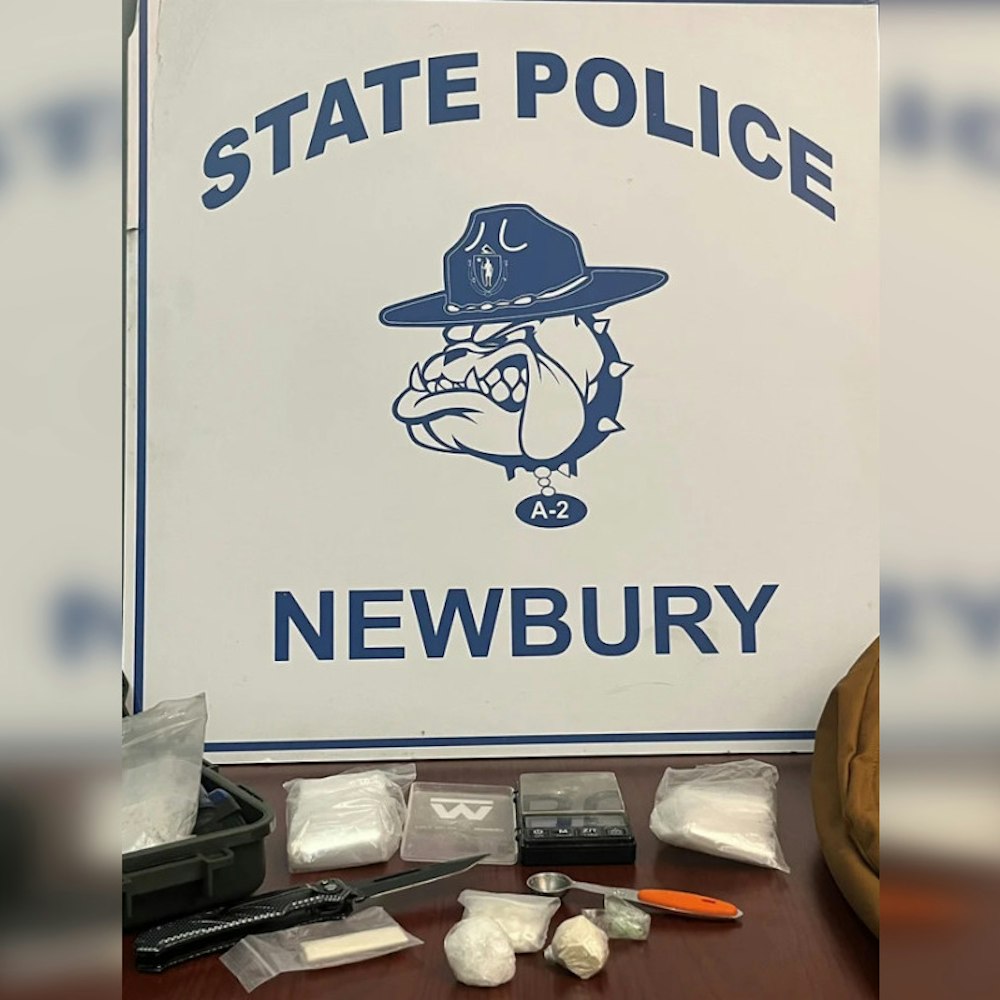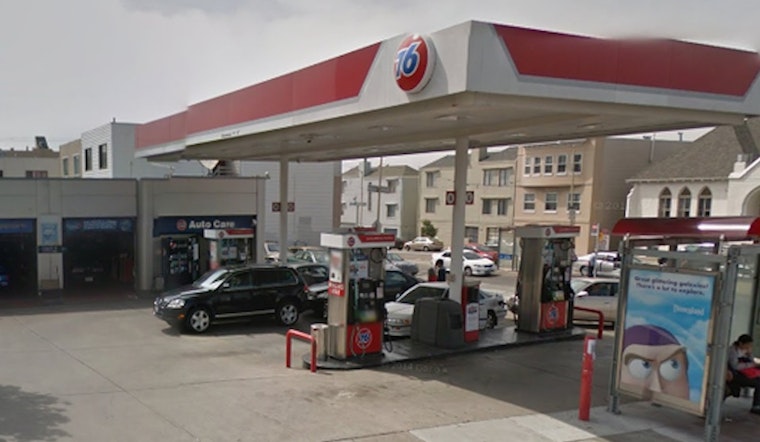
The property beneath 19th Avenue's 76 Service & Repair was briefly listed for sale earlier this year, for $6.3 million. But owner Joe Elsinetti told us he has no plans to take the money and run.
"I love this job," he said. "I've been doing it for 38 years. At one point, I said, 'If somebody wants to buy it, give me the right price, and I'll leave.'"
But $6.3 million wasn't the right price?
"You could say that," he said.
Elsinetti said a LoopNet page created in March is now out of date. According to the listing, in lieu of purchasing the land for $6.3 million, a buyer could pick up the "very profitable" station for $2.5 million, "with a long-term lease."
When Elsinetti purchased the 76 station in 1978, "gas was thirty-eight, maybe forty cents a gallon," he recalled. After switching from Mobil to the 76 brand, Elsinetti also invested in other stations, including the 76 directly across the street, on the west side of 19th Avenue.
"A corporation owns the other one," he explained, "but I deal with it." Combined, the two stations employ 14 people who do smog checks, basic repairs, and on request, will pump customers' gas.
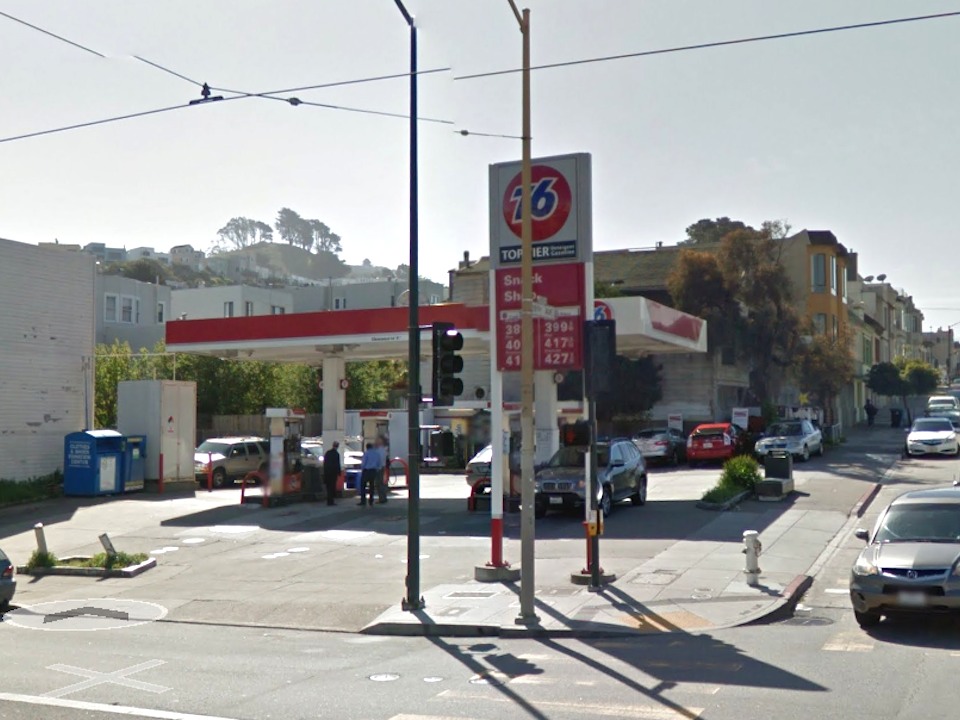
Photo: Google
Though about one-third of SF residents live without a car, the Sunset is an exception, with some of the highest car ownership rates in the city. But with SF's gas stations being redeveloped for housing at ever-increasing rates, only six stations now remain west of 19th Avenue. One of them, a 76 station at 44th & Noriega, has submitted plans for a new $4.6M development with 12 housing units, plus a grocery store on the ground floor.
"There's a lot of stations that are turning into condos," Elsinetti said. "It's going down that way because San Francisco needs more buildings, more apartments. A lot of people are moving in."
If he did decide to sell the land, Elsinetti's station would be an attractive prospect for a real estate developer. The corner lot is on a major traffic artery at 19th and Judah, and the N-Judah, which carries 40,000 riders each day, stops right out front. The parcel is zoned for a 40-foot height limit, but a savvy developer could probably secure a variance to build higher.
While the influx of new residents might be good for business, Elsinetti said he doubts it's sustainable over the long term. "It's costing us more money, the more people who move in; everything goes up. It's okay, but it's not okay," he said.
Today, every one of his employees lives outside San Francisco, in Daly City or the East Bay. "They can't afford San Francisco." But he's not going anywhere, he said. "I'll be here until whenever."

